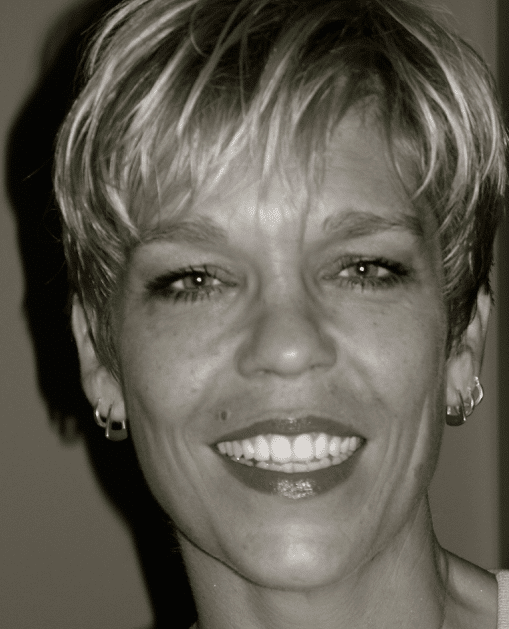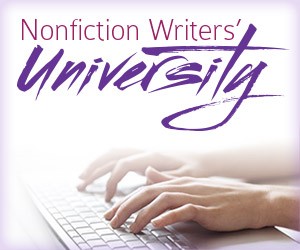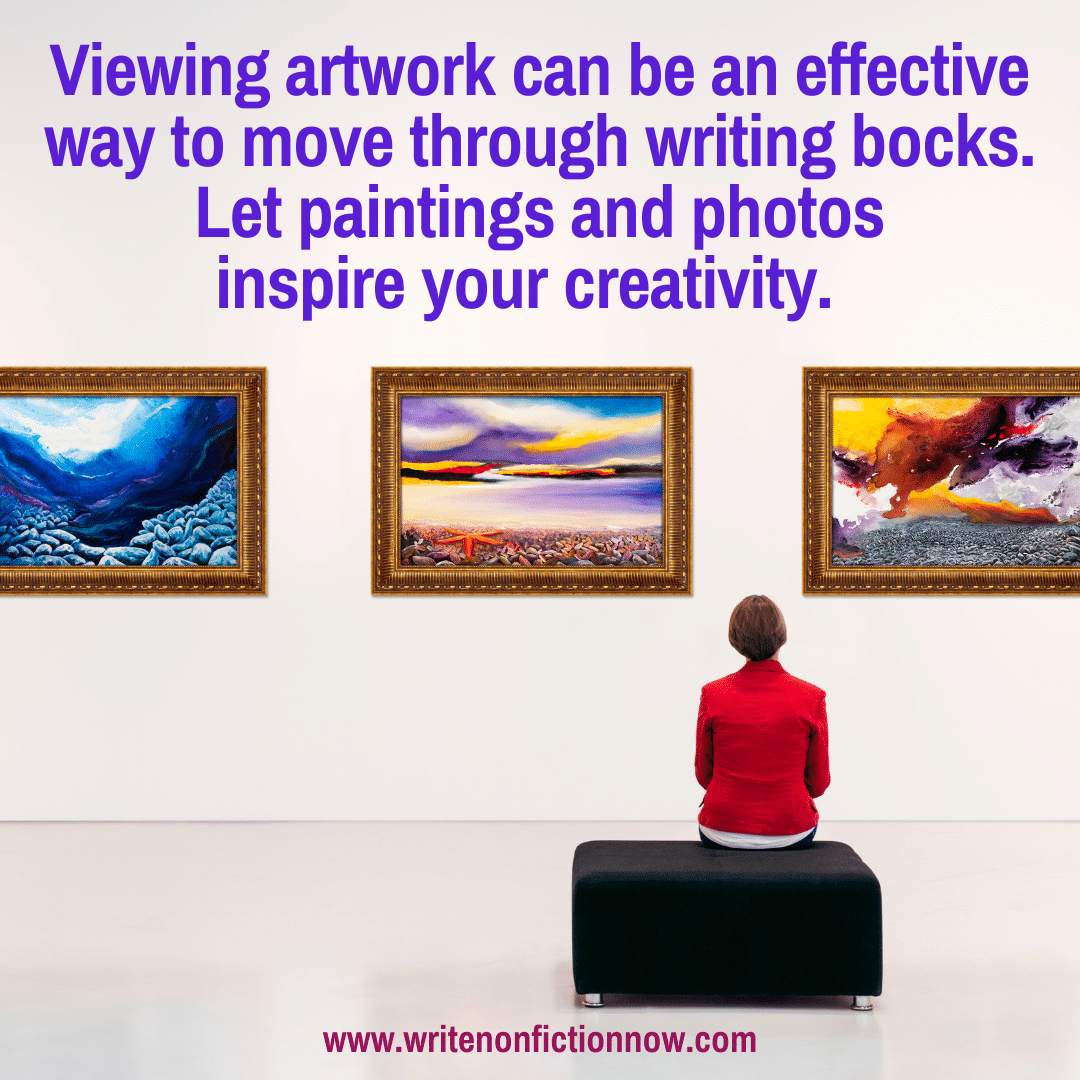If you’ve ever faced writer’s block, you may have tried freewriting to get yourself into the writing zone. But using written prompts isn’t the only way to loosen your writing muscles and engage the creative side of your brain. You also can switch gears and use a different type of art.
Many writers find viewing artwork can prove just as effective. For example, you can visit a local art gallery or look at famous works of art online.
Inspired by the Greeks
Using visual art as a prompt for written work has been an often-used strategy as far back as the Greeks, who called it ekphrasis. Greeks were inspired by art—the feelings it triggered and even the process used to create it. Their art-inspired pieces of writing aimed to make the reader envision the object being described as if they were seeing it first-hand.
Vision is our primary sense, and ~70% of our sensory receptors in the body are in the eyes. Thus, it’s no wonder that what we see can dramatically affect us and our emotions.
The Greeks considered ekphrasis important for developing written and perceptual skills, and contemporary writers have adopted the technique to improve their writing.
Inspired by Paintings and Artwork
Art is an effective trigger for your imagination and can help you develop descriptive and thought-provoking writing. Studies have shown that artwork activates the area of the brain involved in deep contemplation and daydreaming. So even if you’re not planning on writing about the artwork you’re viewing, looking at it can lull your brain into the right gear for creativity. This simple act is enough to inspire a train of thought that could ignite a spark of inspiration in your writing.
How many times have you tried to problem solve a writing dilemma, and the more you think about it, the more frustrated you get by your writer’s block? But as soon as you think about something else, you have a creative breakthrough. It’s the same with looking at art. The trick is to find artwork that speaks to you and encourages your mind to wander.
Artwork can move you away from the mundane challenges of day to day and help you lose yourself in another world. It enables you to let go of your analytical thoughts and embrace creative ideas instead. Once you’re in the zone, the thought shackles are off, and your mind is open to reaching its full potential.
Inspired by Photographs
As a travel writer, strolling through a city or sitting at a sidewalk cafe watching the world go by helps me get a sense of the environment by triggering all my senses. Months later, these photographs still have the power to transport me back to those locations, even though I have to rely on my visual sense.
When looking at these photographs, I often spot things I hadn’t noticed before or see something that triggers a vivid sensory memory of the experience. I know I couldn’t write effectively without these visual prompts. They’re the cornerstone of travel writing. But no matter what nonfiction content you write, you can use photographs to trigger your imagination.
As soon as I look at a photograph, I have an immediate emotional response to specific aspects—these could be tiny details, a block of color, or a shape. I’ll ask questions to activate my senses and start by focusing on those elements that initially grabbed my attention. These don’t always trigger a coherent internal dialogue. Sometimes, it is just a random collection of words or memories rushing past so quickly I can’t grab hold of them. These thoughts are fluid, so let them rush past like a stream.
As soon as you try to hold onto a thought to analyze it, you’re in danger of building a creative damn that stops the flow. So, embrace your emotional or sensory response to the art rather than analyzing why you have a specific response.
How to Use Art as a Prompt
Here’s a three-step approach for using artwork as a writing prompt:
- Find a location where you can avoid as many distractions as possible. Relax, take a few breaths, and get present. Then gaze at the image. If your mind drifts, bring it back to focus on elements within the image.
- Really look at the image. Don’t just scan it but absorb the details. You will immediately be drawn to a focal point, which is an excellent place to start to scan your emotions. Ask yourself why you were drawn to that area. Then move your gaze around the rest of the image and note how the elements affect your senses or trigger emotions.
- Start Writing.
During step 2, it’s essential to be as open as possible. Let your mind wander and rely on your emotional response. Push any desire to analyze or dissect your thoughts to the back of your mind. This takes practice, but the more times you do it, the better you’ll get at the process.
You may only engage your brain for a few seconds before it wanders towards analytic thought. Each time this happens, bring yourself back into art. One technique that works for me is to scan a picture and mentally observe the colors I see. This helps keep me in the moment and pushes wandering thoughts aside.
When you’ve gotten as much as you can from the artwork, or it becomes too much of a battle to stay in the moment, it’s time to write.
Time to Write
It doesn’t matter if you’re writing about the picture you’ve viewed or if the artwork served merely as a tool to get into the writing zone. This visual exercise lubricates your creativity enough to commit words to a page. Try it, and see how quickly you move past any creative writing blocks you might have had in the past.
Have you used artwork or photos to inspire your writing? Leave a comment below and tell me about your process and how it unblocked your writing.
About the Author
Jay Art ale abandoned her corporate career to become a digital nomad and full-time writer. She’s an avid blogger and a nonfiction author helping travel writers and travel bloggers achieve their self-publishing goals. Join her at Birds of a Feather Press where she shares tips, advice, and inspiration to writers with an independent spirit.
ale abandoned her corporate career to become a digital nomad and full-time writer. She’s an avid blogger and a nonfiction author helping travel writers and travel bloggers achieve their self-publishing goals. Join her at Birds of a Feather Press where she shares tips, advice, and inspiration to writers with an independent spirit.
 Do you want to learn more about becoming a successful nonfiction author? Check out the Nonfiction Writers’ University. Get the education and coaching to help you succeed as a nonfiction writer. Take advantage of monthly live group author coaching, and gain access to an extensive archive of educational resources, like interviews with experts, challenges, homework assignments, courses, and ebooks. If you’ve wanted one place to go for all your nonfiction writing and publishing needs, this is it. And if you’ve wished you could purchase Nina Amir’s best courses or hire her as your author coach, now you can…for a small monthly investment. Enjoy a 30-day trial membership for only $1.
Do you want to learn more about becoming a successful nonfiction author? Check out the Nonfiction Writers’ University. Get the education and coaching to help you succeed as a nonfiction writer. Take advantage of monthly live group author coaching, and gain access to an extensive archive of educational resources, like interviews with experts, challenges, homework assignments, courses, and ebooks. If you’ve wanted one place to go for all your nonfiction writing and publishing needs, this is it. And if you’ve wished you could purchase Nina Amir’s best courses or hire her as your author coach, now you can…for a small monthly investment. Enjoy a 30-day trial membership for only $1.
Photo courtesy of mukphotos.
